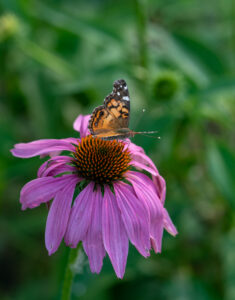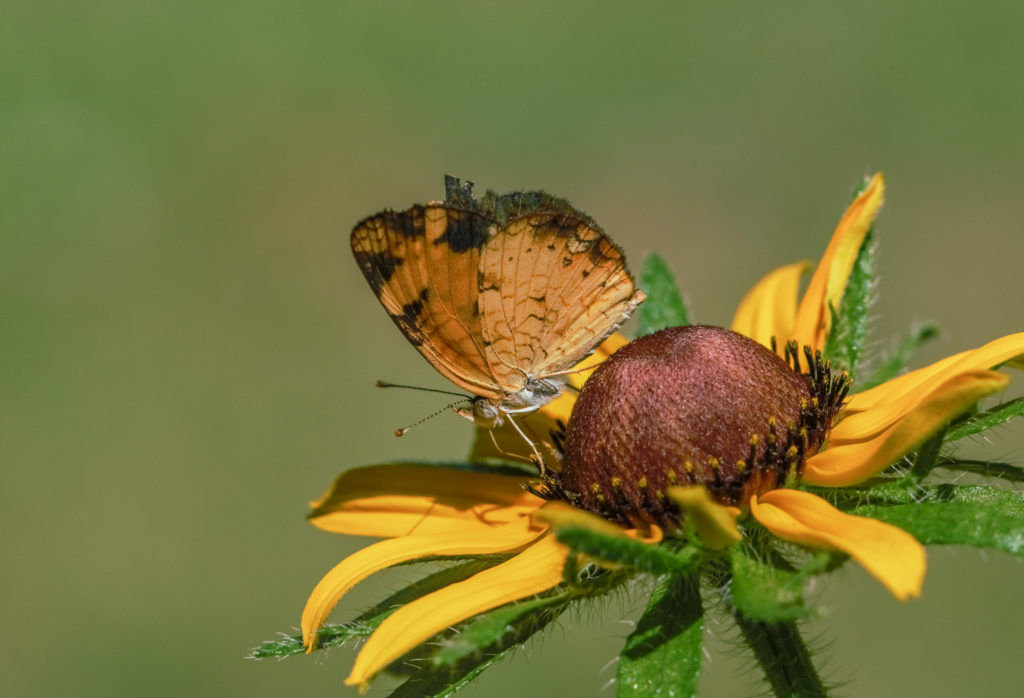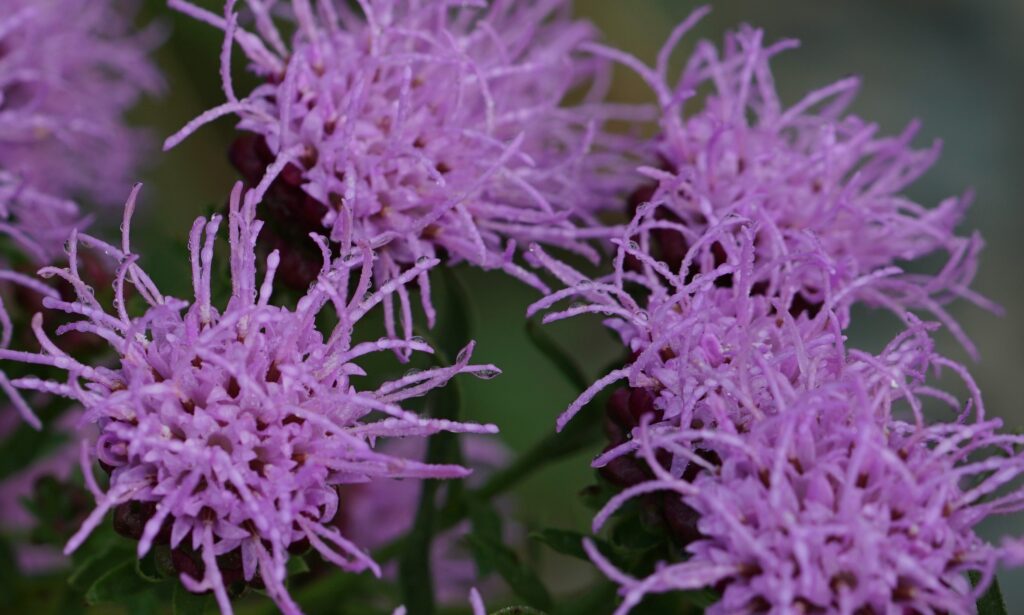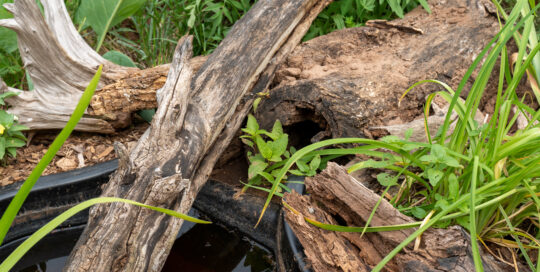Thriving in extremes: ten adaptable native plants
Views: 198

With our climate trending to greater and more frequent extremes, it’s becoming imperative for gardeners to plan accordingly. Native plants, adapted to the local climate and soil, play a pivotal role in supporting biodiversity and creating a sustainable habitat for various species. Native plants are better adapted to regional conditions, but not all will survive brutal droughts, months of flooding, record-breaking freezes, or high temperatures. Some are more adaptable than others. In this blog, I’ll address ten native plants that are not only hardy but also capable of thriving in extreme conditions.
Ten Extreme Survivors
In the quest to build a wildlife-friendly garden that can withstand extremes, native plants are heroes. Here are ten plants to consider, if they are native to your area.
Black-Eyed Susan (Rudbeckia hirta): This heat-tolerant perennial is beloved by pollinators. Black-Eyed Susan is very adaptable; in my yard I have it growing in both full sun and nearly full shade. It is drought-resistant, survives heavy rains, and isn’t bothered by extreme heat. It reseeds freely, so unusually low winter temperatures don’t mean I lose it from my yard.

Pearl crescent on Rudbeckia.
Eastern Red Cedar (Juniperus virginiana): Thriving in cold climates, the Eastern Red Cedar offers dense foliage that provides shelter for birds in harsh weather. Its blueberry-like cones attract cedar waxwings and other birds, contributing to the biodiversity of your garden. In my state, these trees are considered weeds, but there are areas of the country where it is appropriate to consider them.
Switchgrass (Panicum virgatum): Adaptable to both drought and excessive moisture, Switchgrass is a resilient grass species. Its upright structure provides cover for small mammals, and it serves as a nesting site for birds, making it a valuable addition to gardens facing unpredictable precipitation patterns.
Bee Balm (Monarda spp.): A favorite among pollinators, Bee Balm is a native plant that thrives in a variety of conditions. Its aromatic flowers, available in different colors, attract bees, butterflies, and hummingbirds. It is resistant to both heat and cold, thus a great plant for extremes.

Carpenter bee on Monarda.
Yarrow (Achillea millefolium): Yarrow is a hardy perennial with feathery leaves and flat-topped flower clusters. It is adaptable to various soil types and can endure both drought and wet conditions. Yarrow attracts pollinators and adds a touch of elegance to your garden.
Milkweed (Asclepias spp.): Vital for supporting monarch butterflies, milkweed is a hardy perennial that survives in diverse environments. Its vibrant flowers attract pollinators, and the plant serves as the sole host plant for monarch caterpillars. If one variety of milkweed does poorly in your gardens, try another!
Blazing Star (Liatris spp.): Characterized by tall spikes of purple flowers, Blazing Star is a native plant that thrives in well-drained soils. It is both heat and drought-tolerant, attracting butterflies and bees to your garden. There are many varieties of Liatris; much like milkweed, keep trying until you find a variety that will thrive in your location.

Liatris.
Columbine (Aquilegia spp.): Columbine is a versatile native plant with unique spurred flowers. It adapts well to varying conditions and attracts hummingbirds and butterflies. It is suitable for gardens facing both heat and cold extremes.
When selecting plants for your wildlife garden, consider the specific conditions of your region and the unique challenges it presents. By incorporating these native plants, you’ll not only create a resilient garden but also provide a thriving habitat for a diverse array of wildlife.
Meet Leslie Miller
Leslie Ann Miller shares 3.5 acres in rural Oklahoma with birds, butterflies and wide variety of animals. She is currently transforming her yard with plantings…
Leslie's Recent Posts

Creating microclimates and microhabitats to benefit wildlife






